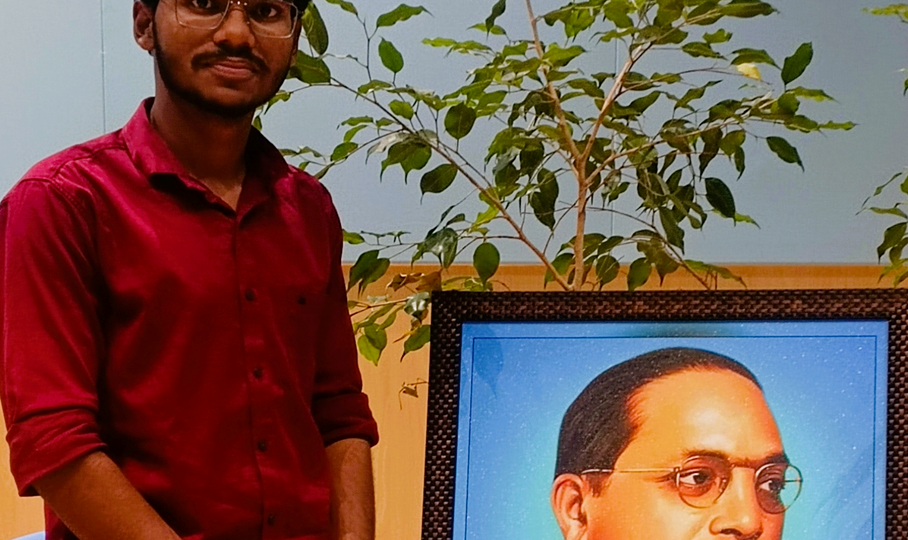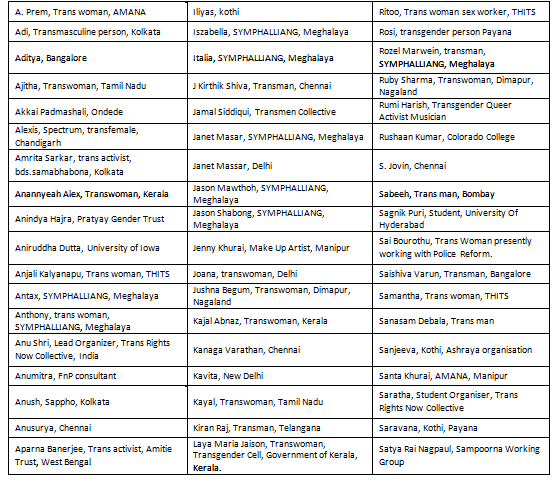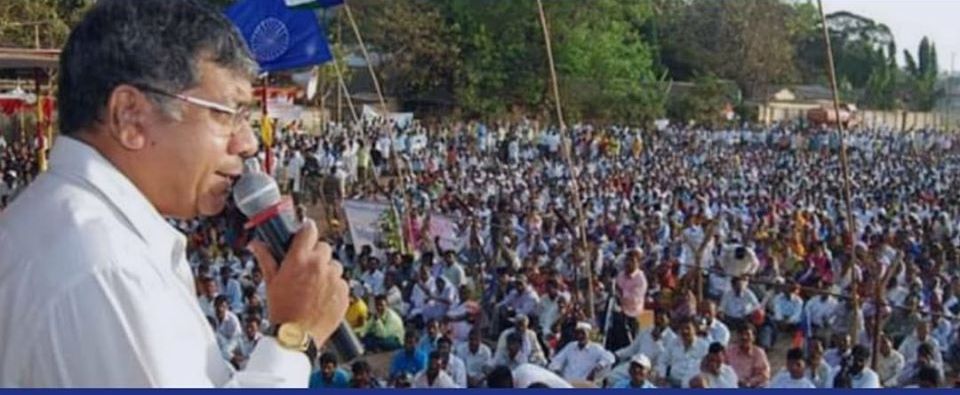Ankush Uttam Helode
Despite 76 years of independence, India is still facing caste-based problems and discrimination, In rural areas especially small villages, untouchability is still in practice.
The mode of caste based discrimination in the urban spaces is changing, however villages are the cesspools in which caste grows in many dimensions.
Public places like drinking water sources, temples and jobs like cooks in schools are still not accessible to the dalits. If they resist these unconstitutional acts they are ostracized by the village power centres. The layout of the village is rigidly fixed, with the upper castes occupying the centre and the Dalits and other lower castes living in the periphery; this hierarchy can be seen everywhere in Indian villages.
Land and caste have deep relations. After independence, the land distribution project failed, and because of that the upper caste communities maintained their status quo. As Dr. Ambedkar said, caste is an enclosed class.
In today’s scenario, though inequality remains one of the chief characteristics of the caste system, with upper caste landlords still oppressing and exploiting the landless lower castes, but due to greater consciousness of rights, justice and resistance against inequality the Dalits and other lower caste manage to ameliorate their social and economic conditions to an extent. But this progress among them is a major problem for the upper caste villagers, and their the religious scriptures allow only upper caste dominance within the territory of village.
The increasing economic status and resistance to the upper castes among Dalits and other lower castes is one of the major reasons for increasing atrocities on the Dalits.
In Annihilation of Caste Dr. Ambedkar argues that, exogamy is one of the ways to annihilate the caste system. Nowadays many dalit youngsters are marrying partners, including upper caste individuals, across caste. but this is one of the reasons brutal atrocities happening on Dalits by upper castes in the villages. Endogamy is prescribed by the Brahmin scriptures. And the Dalits are challenging their religion, and here the conflict emerges between change and status quo.
To suppress the assertion among Dalits, the upper castes use the State machinery like police and put many Dalits behind the bars. This is the reality of the Indian villages.
The institution of the caste has undergone remarkable change over the last few decades. The “Green Revolution ushered in an era of increased agricultural productivity with intensive agriculture and multiple crops being produced, giving the Dalits an opportunity to demand higher wages.” (2015,Jodkha) The economic status of many lower caste villagers is improving in India. The new generation of Dalits who do not get the opportunity of higher educations due to social and economic barrier; they work in the villages but not for low wages, and they do not tolerate any abuse from the landlords They respond to it in the same way.
So I’m arguing that the change in the institution of caste is: assertions by Dalits who want change. Dr. Ambedkar’s idea of equality is deepening among the village Dalits and they resist against injustice at every opportunity.
~~~
Ankush Uttam Helode did his B.A Political Science from Garware College, Pune. Now he is pursuing Master of Arts in Public Policy and Governance from Azim Premji University, Bangalore.









